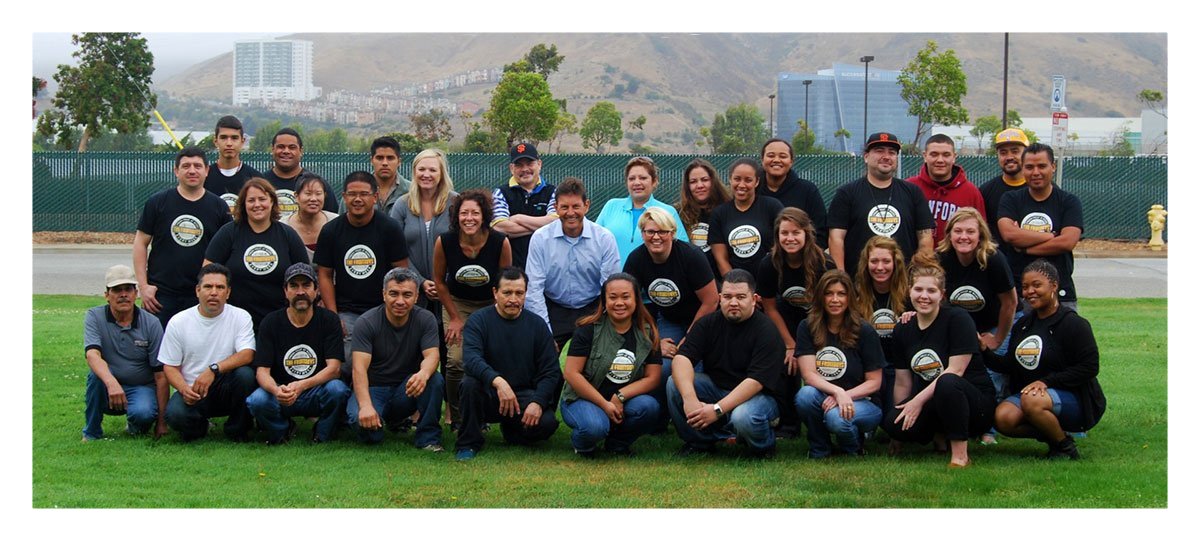‘Structure’ Is the Magic Word: Employee Mental Health Tips
- By Erin Mittelstaedt
- Reading Time: 3 mins.
In 2013, I signed up for a weekly mediation class at the San Francisco Zen Center on a whim. I’m still not a regular meditator but it was a valuable and important class for me. The part that I remember best actually isn’t the meditation lessons. It’s the Q&A session that we had with our teachers on the very last day.
Meditation Inspiration
 I sat in the hall of the Zen Center with my fellow students in front of five experienced meditation leaders. I was worried about sticking with meditation now that class was over, so I raised my hand and asked, “How do you keep your practice going?”
I sat in the hall of the Zen Center with my fellow students in front of five experienced meditation leaders. I was worried about sticking with meditation now that class was over, so I raised my hand and asked, “How do you keep your practice going?”
The instructor who’d called on me smiled as he answered for the panel: “We have it easy. We’ve chosen to live here—to live in a place where mediation practice is a part of our daily life. The structure, being a part of the community, makes it easy to keep our practice going.”
What he said reminded me of two important things.
- Even experienced practitioners have a difficult time maintaining their health practices (in this case we were talking about meditation, but it could be anything—like getting good sleep or eating vegetables).
- We all need structure to help us stick to practices that are important to us, especially when we’re new to them.
From the Zen Center to the Office

As we come to the end of Mental Health Awareness month, these points from meditation class keep resurfacing for me. Considering how many people struggle in the US with mental health issues (at least 1 in 5 of us) I believe workplaces have an opportunity to support our employees’ mental health.
Providing benefits and resources like Employee Assistance Programs (EAPs) is an important part of that. But I think supporting our employees starts with something even more basic: Creating trust between them, their managers, and HR. Those relationships help employees feel safe speaking up about their challenges and struggles without negative repercussions.
How to Create a Safe Space for Employee Mental Health
Creating a safe place for employees to express personal and professional concerns also means respecting boundaries. Even if someone on your team feels safe because of your company culture, they may be uncomfortable talking about their feelings or personal experiences. As managers and coworkers, we have to respect that. If an employee doesn’t want to talk about what they’re going through, offering resources and providing flexible time off plans can help them get the support they need outside of work.
It is a challenging time in the world right now. Our teams are impacted by hardships not only at home but around the world. As we continue to refine how The FruitGuys supports our employees’ mental health, I keep coming back to the structure and support we’re responsible for. Are we creating space so that employees can take care of themselves? How are we doing that, and are there better ways?
If your business or school does something that you find particularly supportive for your staff, I’d love to hear about it. The more ideas we share, the better employers we’ll be.
Welcome to the Chief Banana newsletter—weekly letters from the desk of The FruitGuys’ CEO. Find more Chief Banana newsletters here. To get Chief Banana in your inbox every week, fill out the “Subscribe to our Newsletter” form on this page.
Recent Articles
4 Health Benefits of Eating Cherries at Work
2025 Summer Fruit Guide: What’s In Season Now?
10 Hot Employee Wellbeing Initiatives to Try in 2025
5 Creative Ways to Use Snacks for Corporate Events
Celebrate Summer with a Rustic Stone Fruit Galette
Subscribe to our Newsletter
"*" indicates required fields





